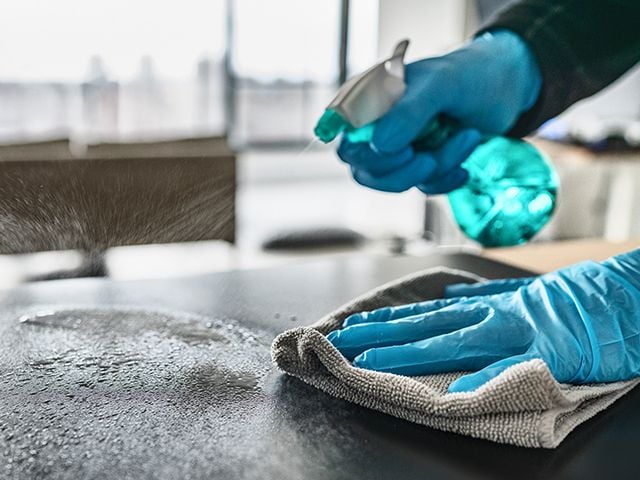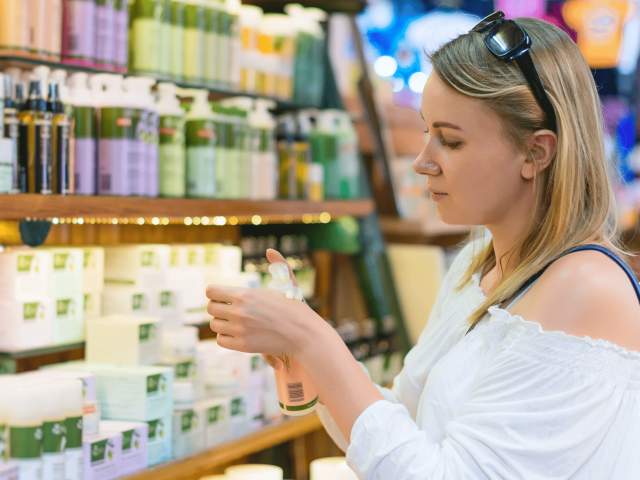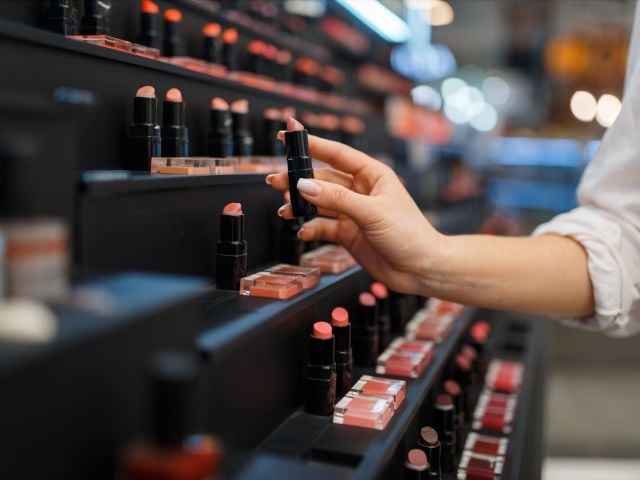
This spring Lysol introduced the world to “healthing,” a perfect buzzword to launch their new marketing ploy/public safety campaign. By blending the words healthy and helping, the campaign is apparently trying to send the message that it is doing something revolutionary for your mind, body or soul.
In fact, it does none of these things. “Healthing” is nothing more than a new sales pitch to market Lysol products as better cleaners. Using bright colors and images of cloyingly cheerful children, the messaging is clear: Keep your family healthy by using a product that kills 99.9 percent of all germs.
Setting aside the noxious mangling of the English language and the over-the-top styling of the ads (which make President Reagan’s “It’s morning in America” campaign ads look subtle), there are two issues with this new campaign.
Not all germs are created equal. Several studies have come out that suggest that America’s love affair with disinfectant is actually damaging our health. In fact, it turns out that exposure to certain kinds of germs can be a good thing. For example, researchers at Gothenburg University in Sweden found that parents who cleaned off pacifiers that had fallen to the floor only with their mouths – exposing the children to environmental and parental germs – lowered their children’s risk of developing allergies, asthma and eczema. Another study done at Ulm University in Germany found that Amish children raised on farms were also less likely to develop allergies and asthma than their peers, possibly because they grow up in a less antiseptic environment.
That’s not to say there aren’t significant health risks posed by microbes; EWG just published a report on the dangers of antibiotic-resistant superbugs in meat. But Lysol’s overemphasis on sterilization may actually increase the threat from these harmful bacteria. One study done at the National University of Ireland at Galway found that using disinfectant makes bacteria not only resistant to the disinfectant, but to some antibiotics as well.
There should be a balance between abject filth and a CDC-level clean room, a balance not suggested by Lysol’s multi-product regimen aimed at making money and exterminating all biotic life from your house. There’s no question that cleaning is essential to creating a healthy environment for our families, which brings us to the second problem with Lysol’s new campaign:
Healthy cleaning means using safer ingredients. Protecting against harmful germs is important, but it’s not the only thing that can threaten a family’s well being. EWG’s Guide to Healthy Cleaning found significant skin damage, development and respiratory hazards associated with exposures to some of the ingredients in Lysol’s products. And we’re not just talking about a few bad apples. Of the 94 Lysol products listed on our Guide, more than half scored an F; none scored an A.
The clean/green balancing act is not impossible: Several companies have successfully embraced chemical-conscious cleaning (check them out on our Top Products list). There are even effective ways to do it yourself. As for Lysol, not all of its products are horrible; some, like its tub-cleaner, even scored a B. But when Lysol proclaims to boldly go where no cleaning product has gone before, offering a handful of average products just doesn’t seem to cut it.
If Lysol really wants its products to be healthful, it should start by taking a balanced approach to microbes and use the safest, most effective ingredients in all of its products. Until then, these delinquent scores leave me with just one question: Is the best you got?



